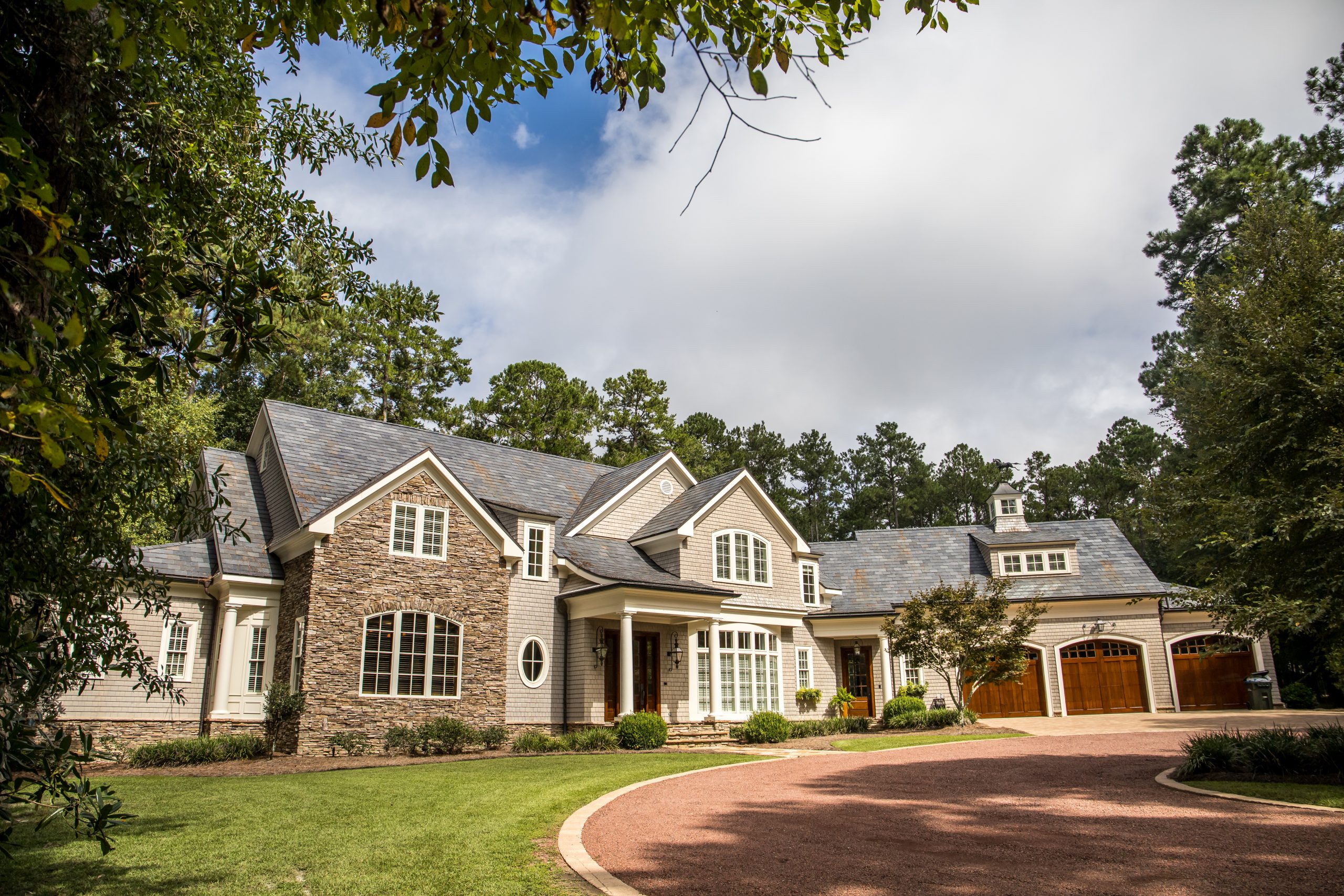
Many Americans dream of buying the classic “fixer-upper” – turning the little frog into a handsome prince!
It’s a romantic idea, but there are some risks that if you know about in advance, you can successfully steer around.
There’s no doubt fixer-upper homes are in big demand, and that often means they’re not always as cheap as you might assume.
Often, folks who are building contractors are keen to seize the opportunity either for their forever home or to flip and make a profit.
As an experienced real estate agent, I’ve also found many willing amateurs are prepared to back their skills for a bargain.
Assessing structural integrity and value potential is critical to the success of your project.
Sometimes, it makes more sense to buy only the land value and start again. Yet, there are many folks who relish the challenge and will create additional value by remodeling an historic home of 100 years old or more.
If this is your dream, here are some tips on how to approach your project.
It’s love – Emotion is powerful, and it can skew your judgment when assessing a property that needs remodeling. Try to not fall in love with the potential and focus on the reality of the building’s challenges.
Structure – Begin your inspection at ground zero – the foundations. You should assess whether the floors are level and the walls are plumb. Understanding the quirks of your fixer-upper will help you tolerate challenges later on when it would be easier if everything was straight.
Seek experts – Always order a building inspection. Don’t skip this step because you know there are going to be problems. The inspection will tell you the extent of the challenge ahead of you.
Blind optimism – Assuming you’ll enjoy the best-case scenario when unexpected issues arise is a dangerously optimistic position. You need reserve finance to help in these moments. Put 10-15% of the building cost aside for the unexpected.
The tools – It helps if you already have your own tools, or you can hire them at a local store. Having to buy a wide variety of tools for countless different tasks will start hitting the bottom line pretty hard, especially if you are on a tight budget.
Storage – Don’t move furniture into the house once you’ve reached the lock-up stage. They will interfere with the renovation, costing you time and energy, and risk being damaged. Finish your remodel completely before moving in your belongings.
